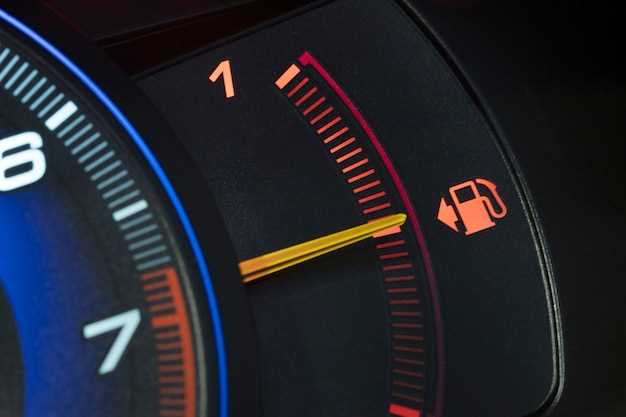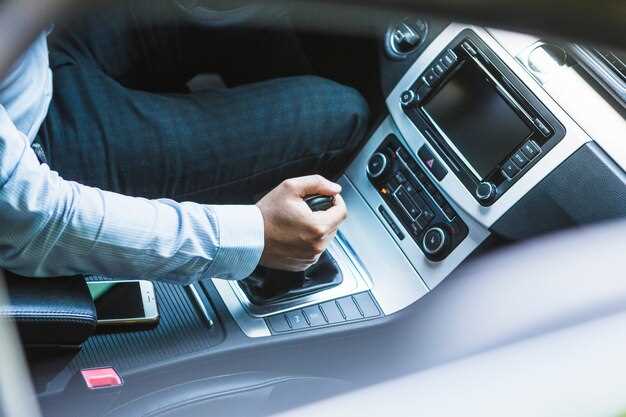
In the high-performance world of Gran Turismo (GT) cars, where speed and precision dominate, traction control systems (TCS) play a crucial role in enhancing both safety and driving enjoyment. These advanced systems are designed to monitor and manage the amount of traction available between the tires and the road surface, ensuring optimal acceleration while minimizing wheel spin. As modern GT cars push the boundaries of performance, understanding how these systems function becomes essential for both enthusiasts and drivers alike.
At its core, a traction control system utilizes a series of sensors to detect when one or more wheels are losing grip. When such a situation occurs, the system intervenes by adjusting the engine power or applying the brakes to specific wheels, effectively regaining control and maintaining stability. This proactive control not only prevents the loss of traction, but it also allows drivers to explore their vehicle’s limits with greater confidence.
Today’s traction control systems have evolved significantly from earlier versions, incorporating cutting-edge technology such as predictive algorithms and the integration of other performance systems like anti-lock braking systems (ABS) and electronic stability control (ESC). This comprehensive approach allows for real-time adjustments that cater to varying driving conditions, making modern GT cars both thrilling and accessible to a wider range of drivers.
Understanding the Role of Traction Control in Performance Driving
Traction control systems (TCS) play a vital role in enhancing the safety and performance of modern GT cars. These systems are designed to prevent wheel slip during acceleration, ensuring that power is effectively transmitted from the engine to the wheels. By regulating power delivery, traction control helps drivers maintain optimal grip, especially in challenging driving conditions or during aggressive maneuvers.
In performance driving, the ability to manage traction can significantly influence lap times and overall vehicle control. When a driver accelerates, especially in high-powered vehicles, the potential for wheel spin increases. Traction control intervenes by monitoring wheel speed and adjusting engine output or applying brakes selectively to maintain traction. This not only enhances stability but also enables the driver to focus on navigating the track without the distraction of losing control.
Advanced TCS systems have evolved to provide nuanced control, adapting to the specific dynamics of the car and the road surface. Features such as adjustable settings allow drivers to customize the level of interference based on their preference or driving conditions. In competitive environments, this adaptability can be crucial, as it allows for optimal performance without compromising safety.
Moreover, traction control works in harmony with other electronic aids, such as stability control and anti-lock braking systems, to create a cohesive driving experience. Together, these systems ensure that drivers can push their vehicles to the limit while maintaining control and confidence. Ultimately, traction control is not just a safety feature; it is an essential component of performance driving that enhances the overall experience behind the wheel.
Key Sensors Used in Traction Control Systems

Modern traction control systems (TCS) in GT cars rely heavily on an array of sensors to monitor and manage vehicle dynamics effectively. These sensors play a crucial role in ensuring optimal performance and safety by controlling traction during various driving conditions.
One of the primary sensors utilized is the wheel speed sensor. This sensor measures the rotational speed of each wheel, allowing the TCS to detect wheel slip. By comparing the speeds of individual wheels, the system can determine if any wheel is losing traction and subsequently adjust engine power or apply braking force to maintain stability.
The accelerometer is another essential component. It measures acceleration forces acting on the vehicle, providing data on how quickly the car is speeding up or slowing down. This information is vital for the TCS to anticipate slip scenarios and intervene promptly to prevent loss of control.
Steering angle sensors contribute valuable insights into the driver’s intentions by measuring the position of the steering wheel. This data helps the TCS assess whether the vehicle is following the intended path or if oversteering or understeering is occurring. By understanding the steering angle in conjunction with wheel speeds, the system enhances its ability to regulate traction effectively.
Additionally, the throttle position sensor monitors how much the accelerator pedal is pressed. This feedback allows the TCS to adjust engine torque in real-time. For example, if excessive throttle input is detected, the system can reduce power delivery to prevent wheel spin and ensure better traction control.
Finally, yaw rate sensors measure the vehicle’s rotational movement around its vertical axis. This information is crucial for determining the balance of the car during cornering. By analyzing yaw rate data, the TCS can adjust braking or engine power to maintain optimal traction and stability when navigating curves or sharp turns.
In summary, the effective functioning of traction control systems in GT cars relies on a combination of wheel speed sensors, accelerometers, steering angle sensors, throttle position sensors, and yaw rate sensors. Together, these components enable precise control over traction, enhancing both performance and safety during high-speed driving.
Impact of Traction Control on Tire Wear and Handling

The implementation of traction control systems in modern GT cars has a profound influence on both tire wear and overall handling dynamics. By adjusting engine power output and optimizing wheel slip, these systems enhance vehicle stability, especially under high-performance driving conditions.
One of the primary benefits of traction control is its ability to extend tire life. By preventing excessive wheel spin, the system reduces the heat generated during acceleration, which can lead to quicker tire degradation. This is particularly crucial in high-powered GT cars, where the risk of losing traction is significant. With effective traction control, tires maintain more consistent contact with the road surface, fostering uniform wear patterns that can improve longevity.
In terms of handling, traction control plays a critical role in maintaining optimal grip during cornering and acceleration phases. By dynamically managing power delivery, it allows drivers to push the limits of vehicle performance without experiencing the loss of control that can occur with overly aggressive throttle input. This ensures that drivers can navigate tight corners with confidence, improving lap times and overall driving enjoyment.
Moreover, advanced traction control systems can often be adjusted or even disabled, catering to driver preferences and increasing engagement for those who seek a more visceral driving experience. However, even in less aggressive settings, these systems serve as a valuable tool for enhancing safety and driving precision.
In conclusion, the impact of traction control on tire wear and handling is invaluable in modern GT cars. By balancing performance and safety, it allows drivers to experience the full potential of their vehicles while minimizing the drawbacks of high-speed driving.








